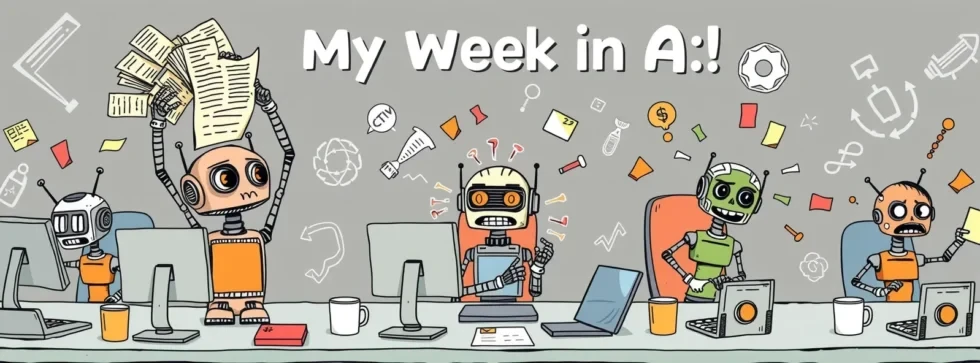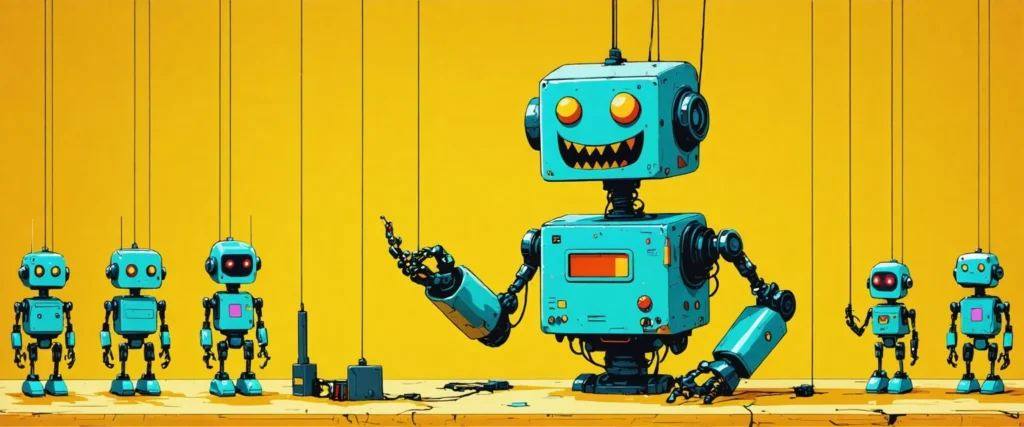Technical exploration, unexpected challenges, and the fascinating world of AI development
This week has been a wild ride through the landscape of artificial intelligence. As someone who’s always been curious about technology, I found myself diving deep into AI development, and let me tell you, it’s been nothing short of an adventure.
My primary playground this week was a project I’ve been calling Claude Voice Chat – a simple yet intriguing application that explores how we can interact with AI through voice interfaces. What started as a technical experiment quickly turned into a fascinating exploration of AI’s capabilities and limitations.
The Tools of the Trade
I’ve been experimenting with a range of AI models – Claude, OpenAI, and Gemini – each with their own unique personalities and strengths. It’s like having a team of super-smart assistants, each brilliant in their own way. Claude shines in creative tasks, OpenAI models are phenomenal at precise specifications, and Gemini surprised me with its code refactoring capabilities.
The Art of Prompting
One of the most critical lessons this week? The power of the first prompt. It’s not just about asking a question; it’s about crafting an entire narrative and set of expectations. Anthropic has always emphasized this, and now I truly understand why. Your first interaction sets the entire tone and direction.
Imagine trying to guide an overly enthusiastic junior developer who’s ready to run with every half-formed idea. That’s what working with AI can feel like. I found myself constantly saying, “Hold on, wait, let’s think this through.” The AI would get excited about a project name or feature and immediately start generating code – sometimes creating more problems than solutions.
Coding Adventures and Misadventures
Claud Code became my playground and occasional source of frustration. The initial results were amazing – it’s like having a coding assistant who can churn out an MVP in minutes. But as we started to add complexity, things got… interesting.
I discovered that AI-generated code is a bit like a house of cards. The first iteration looks solid, but start adding layers, and everything becomes precarious. Nested if statements, repeated code blocks, authorization key issues – it was a rollercoaster of debugging and reconstruction.
Unexpected Lessons
One of the most amusing challenges was managing git commits. The AI would enthusiastically commit code at the drop of a hat – tested or not. I had to explicitly instruct it to only commit working, verified code. It felt like teaching a very eager but somewhat chaotic apprentice.
Beyond the Code: AI’s Broader Implications
This wasn’t just a technical exercise. It made me think deeply about team dynamics, problem-solving, and how different entities – human or AI – approach challenges. We’re not just dealing with tools; we’re exploring a new form of collaborative intelligence.
Looking Ahead
Next week, I’ll be releasing the repository for this project. It’s not a comprehensive solution, but a fun snapshot. For those interested, you can grab your own API keys and play around.
As we continue to develop Konrad, our AI automation tool, these experiences inform our approach. We’re not just implementing AI; we’re learning to dance with it, understanding its rhythms and quirks.
Final Thoughts
AI development is less about perfect execution and more about continuous learning. Each interaction, each unexpected behavior, is a lesson. We’re not just coding; we’re exploring the boundaries of a new technological frontier.
Stay curious, stay adaptable, and always be ready for the unexpected.
Part of our “My Week in AI” series where I share what’s actually working (and what isn’t) as we integrate AI into our consulting practice at CGA Management.


